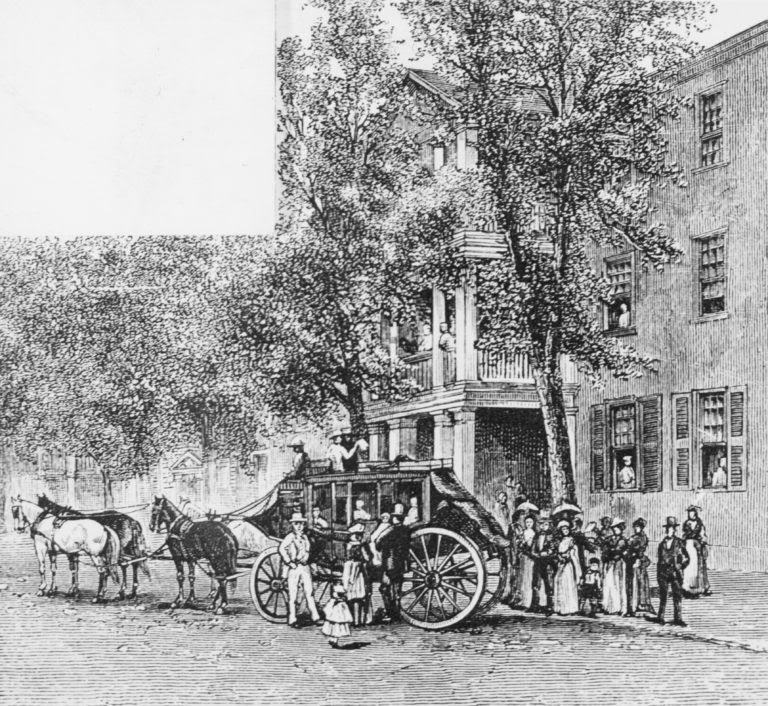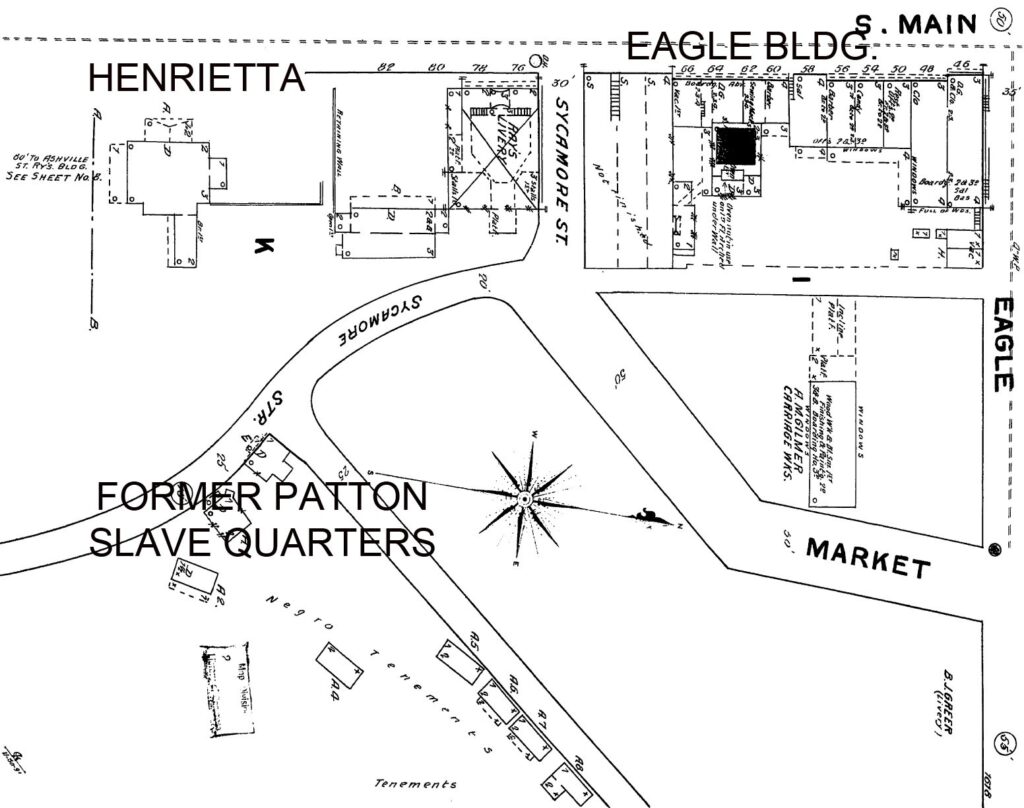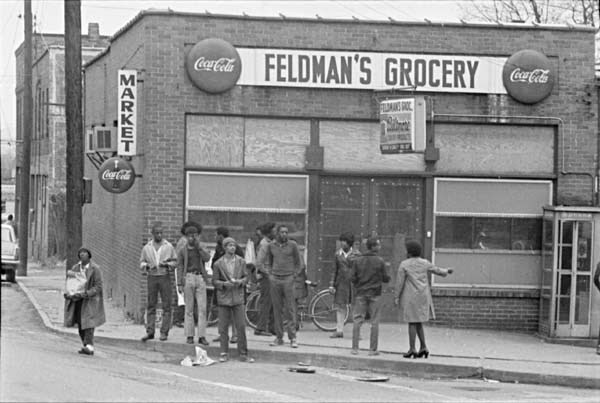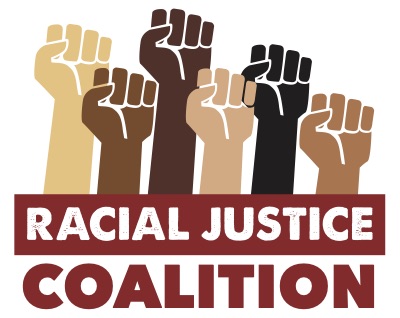In 2020, both the City of Asheville and Buncombe County apologized to Black community members for hundreds of years of harm they had inflicted or been complicit in, a debt that seems impossible to pay, and nearly impossible to begin to pay down. It has people wondering: Will Reparations really happen here or will it just be an empty gesture? The responsibility of making Reparations real has been laid at the feet of our local Community Reparations Commission (CRC), which is hard at work drafting and refining a slate of recommendations that they will eventually send to the Asheville City Council and the Buncombe County Commission. Right now, they need to hear from us – both to know that they have our support and to know that we’re ready to back them up when their recommendations are finalized. Will you join us in sending that message?

- I know that Reparations Are Due to all Black people in the United States through federal, state, and local action.
- I stand with the Community Reparations Commission and have faith in their leadership and vision for our local Asheville and Buncombe County Reparations process.
- I will encourage local elected representatives to take action, once the Recommendations of the Community Reparations Commission are finalized.
We reached our initial goal of 2,000 signers!
2,186 signers so far. Help us continue to grow the movement.
We also encourage you to sign the petition urging President Joe Biden to issue an executive order initiating a federal reparations commission
Check out this Guide for Sharing the Pledge, a Resource for Individuals and Organizations
Reparations for Asheville 2023 (by sparrow)
Explanation of the Reparations Are Due Pledge (from 5/22/23 call)
Full Campaign Launch Call (5/22/23)
Reparations Update
The Asheville/Buncombe County Community Reparations Commission was formed in the Spring of 2022 and given a two-year mandate “to make short, medium and long term recommendations that will make significant progress toward repairing the damage caused by public and private systemic Racism.” You can read about the work they’ve done and are doing on this webpage maintained by the City of Asheville.
Why do the City and County owe Reparations?
The City of Asheville and Buncombe County have an overdue debt to pay Black Asheville. When they passed their historic Reparations Resolutions in the Summer of 2020, they established a foundation for ceasing the historic and current harm and repaying that debt. You can read the text of the Asheville Reparations Resolution (passed July 14, 2020) here and the text of the Buncombe County resolution (passed July 29, 2020) here.
The City and County began incurring this debt with their earliest non-native settlers, who brought their enslaved Africans. Enslaved labor was used to build infrastructure and our local economy – everything from the Buncombe Turnpike to the hotel industry. After emancipation, promises made during reconstruction were not fulfilled. The criminalization of Black people led to unfair arrests with Black convict labor and lives sacrificed to build the railroad that expanded our economy even further.


Years of Black codes, Jim Crow segregation, redlining, and predatory lending left the Black community with limited capacity to build wealth. Yet, despite these barriers, the community was able to own homes and businesses and to thrive within our neighborhoods and the Eagle/Market business district.

This was short-lived.
The racism that infused the desegregation process laid the foundation for deeper racial disparities.
It is part of the roots of why the Asheville City Schools (which the City is responsible for) is still unable to provide Black students the education they deserve. To add insult to injury, the City holds buildings that were once successful Black schools, and is responsible for the devastating destruction of Stephens Lee High, the “Castle on the Hill.”

Through the “urban renewal” process, the City of Asheville played a significant role in the destruction of Black neighborhoods and businesses and the wealth that its community had started to build.
This process moved many members of the Black community into public housing with no ownership, creating the conditions for multigenerational poverty and related issues.
The 1937 Home Owners’ Loan Corporation map of Asheville. All of the areas marked in red were majority African-American.
Image from Mapping Inequality.
Urban renewal maps, with roads in bold, overlaid with the 1937 redlining districts for the areas around downtown, including Southside, Hill Street, and East End neighborhoods. The red pointers are housing projects, most built during the ’50s and ’70s.
Image from Southern Redlining Collection
Since urban renewal, the City has significantly built its tax base, allowing real estate speculators and developers to profit on property taken from Black residents with minimal compensation. It has benefited financially from the unchecked growth of tourism and the spread of gentrification, both of which have further marginalized the Black community.

The educational and economic injustices inflicted on Black people have been further exacerbated by the over-policing, police brutality, and over-incarceration the Black community continually experiences at the hands of the Asheville Police Department.
While what is owed is far greater than what can ever be repaid, the City of Asheville and Buncombe County must now be held accountable to address this debt through reparations.
(Many thanks to Ami Worthen for her work drafting this narrative.)
Links to history and data
National History
What is owed, New York Times (June 2020)
https://www.nytimes.com/interactive/2020/06/24/magazine/reparations-slavery.html
The case for reparations, The Atlantic –
https://drive.google.com/file/d/1zvvgFNlP60HRerRqVm5t6YlhR11leUew/view
Reparations in other cities
Evanston, IL – Evanston’s Road to Reparations, Chicago Magazine, June 2020 –
http://www.chicagomag.com/Chicago-Magazine/June-July-2020/Evanstons-Road-to-Reparations/
Chicago, IL – City Council approves reparations resolution, Chicago Sun-Times, June 2020 –
https://chicago.suntimes.com/city-hall/2020/6/17/21294638/city-council-slavery-reparation-subcommittee-resolution
Local Data
State of Black Asheville –
https://stateofblackasheville.com/
Asheville Arrest data suggest discrimination against Blacks, AVL Watchdog –
https://avlwatchdog.org/asheville-arrest-data-suggest-discrimination-against-blacks/
Local History
Unmarked Trail, Center for Diversity Education –
https://diversityed.unca.edu/sites/default/files/images/An%20Unmarked%20Trail.pdf
Life Beneath The Veneer: The Black Community in Asheville, North Carolina from 1793 to 1900, Thesis –
https://cdr.lib.unc.edu/concern/dissertations/0g354f63m
Entwined with slavery, a brief history, AVL Watchdog –
https://avlwatchdog.org/entwined-with-slavery-a-brief-local-history/
Red lines, Asheville Blade –
https://ashevilleblade.com/?p=241
Urban Renewal in Asheville, Mountain Xpress –
https://mountainx.com/news/uprooted-urban-renewal-in-asheville/
Twilight of a Neighborhood, NC Humanities – https://www.nchumanities.org/sites/default/files/documents/Crossroads%20Summer%202010%20for%20web.pdf
Urban Renewal in Asheville, Thesis –
https://libres.uncg.edu/ir/wcu/f/Nickollof2015.pdf
